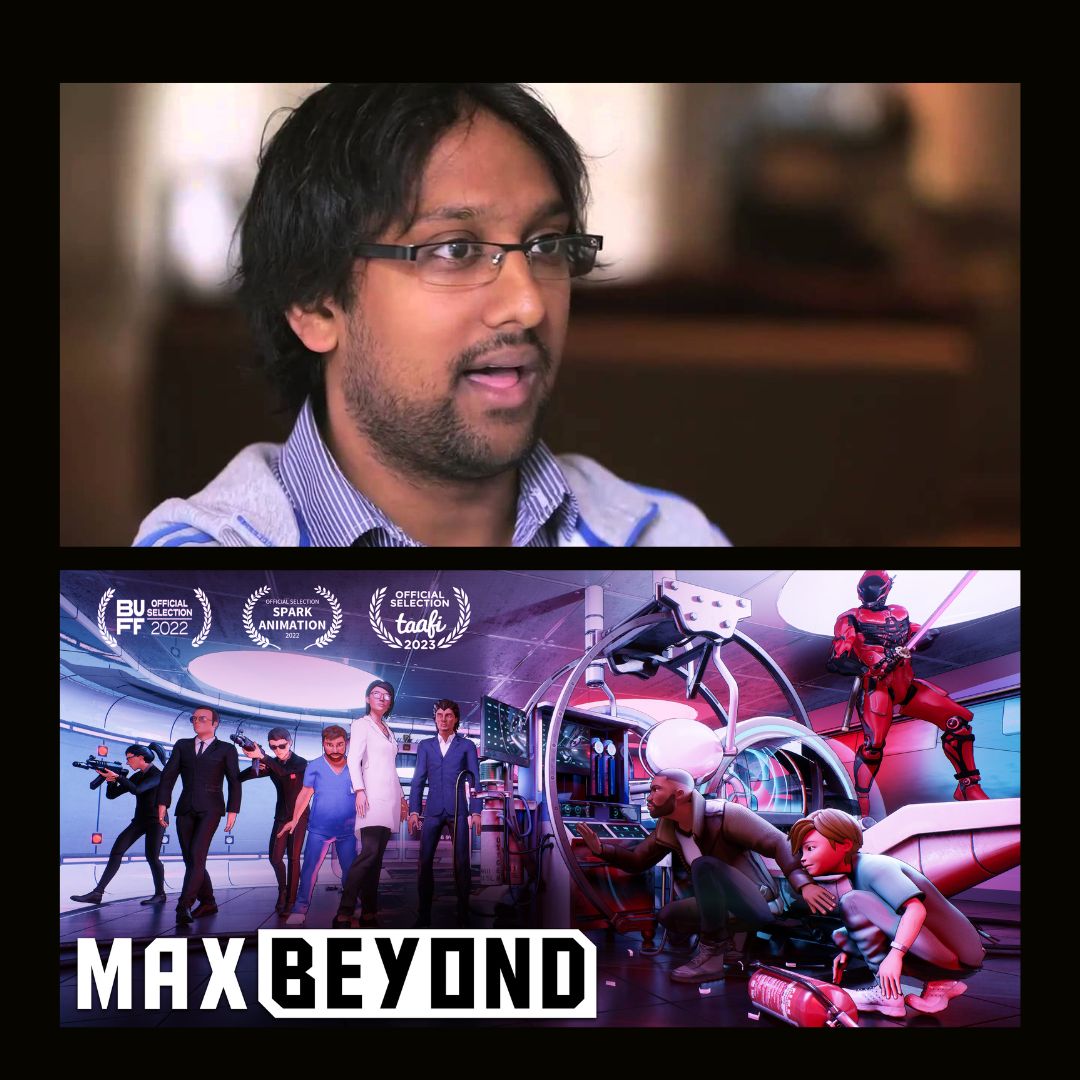Review: Another Day of Life
Animated films often come from a select few places, most usually the US, Japan, Korea, and occasionally France nowadays. So, for a project to be coordinated by Poland, Spain, Belgium, Germany, and Hungary, countries not particularly known for their animation, it must be an important story. That proves to be the case with “Another Day of Life”, based on the book of the same name, as a testament to the harrowing experiences of famed war reporter Ryszard Kapuscinski in the Angolan Civil War during the late ’70s. Unlike the Vietnam War, which ended as this began, this was a conflict more or less ignored by the world at large but was just as indicative of Cold War politics, making Kapuscinski’s book and subsequently this film an important account of its events and the terrors of combat at large.
Besides the obvious risks and horrors of armed combat, the film tackles the blessing and curse of being a reporter in a war zone. In areas strewn with blood, death, and chaos, Kapuscinski navigates the labyrinth to pursue important interviews with soldiers and civilians, with each having varying reactions to him being there. As a non-combatant, he is constantly one mistake away from being another one of the bodies piled up, but he also provides a special service to those he meets. Through his photographs and reports, his subjects obtain a sort of immortality, being forever remembered in his writings long after they’ve been slaughtered in battles the world has long since forgotten. And even later, the idea that his information could change the very course of history, as well as the burden and responsibility that comes with that.
Even among animated films, “Life” is a strange one, mixing motion-captured dream-like recreations of Kapuscinski’s interviews alongside live-action accounts of those who knew him. Its closest peer in this style is 2008’s “Waltz with Bashir”, chronicling director Ari Folman’s own memories of his time in the Lebanon War in the 1980s. Between the two films, we see the benefits of using animation for these flashbacks, with haunting visuals showing the roads covered in bodies, decimated campsites, and visual representations of Kapuscinki’s guilt and deteriorating mental state as lives he met and connected with are snuffed out by the escalating conflict. These terrors would simply not be represented nearly as disturbing as is warranted had they been filmed in live-action. The versatility of animation was probably the best medium to portray this hellscape, with visuals that are certain to stick with you long after the film has ended.
“Another Day of Life” is nothing short of a crucial piece of media, both for its blending of live-action and animation as well as its coverage of a criminally unknown piece of human history. It is a tale of how life can persist after death through memory, meaning that those who have died may also continue life now that their stories are told in this more accessible way. The constants of war still dominate our culture in the current century, making this a reminder of how the worst of it can be so easily forgotten but never should be.
























Hi Ashley, thank you so much for reading and we love the feedback. Note that on that day we had 14th posts go up and only ten posts show on the front page, so it's possible the preview had already been archived by the time you got to it. One recommendation would be to add our RSS feed to your favorite news aggregator service like Feedly, this way you get all of the latest posts!